Description
White Pepper comes from the same plant as black pepper (Piper nigrum) but is processed differently. Ripe pepper berries are soaked in water to remove the dark outer skin, leaving the inner seed which is then dried. This gives white pepper a milder, less complex taste compared to black pepper, with subtle earthy, fermented notes. It is especially popular in European, Chinese, and Thai cuisines where a lighter color and more delicate flavor are preferred. Apart from cooking, white pepper is valued in traditional medicine for its digestive, anti-inflammatory, and antibacterial properties.
Benefits of White Pepper
- Aids Digestion – Stimulates enzymes and improves gut health.
- Anti-inflammatory – Reduces joint pain, swelling, and arthritis symptoms.
- Boosts Immunity – Rich in antioxidants and antibacterial compounds.
- Supports Weight Management – Helps boost metabolism and fat burning.
- Respiratory Health – Relieves cough, cold, and chest congestion.
- Improves Bone Health – Contains calcium and magnesium for bone strength.
- Enhances Nutrient Absorption – Piperine improves bioavailability of vitamins and minerals.
- Blood Sugar Regulation – May help stabilize glucose levels.
Uses of White Pepper
- Soups & Sauces – Preferred in clear soups, creamy sauces, and gravies for mild spice without dark specks.
- Light-colored Dishes – Ideal for mashed potatoes, white sauces, and seafood recipes.
- Asian Cuisine – Widely used in Chinese stir-fries, Thai curries, and hot & sour soups.
- Marinades & Seasonings – Adds mild heat to meats, fish, and poultry.
- Spice Blends – Used in garam masala, curry powders, and European spice mixes.
- Medicinal Remedies – Mixed with honey or herbal teas for cough and cold relief.
- Pickles & Fermented Foods – Enhances flavor in preserves and traditional recipes.
- Aromatherapy & Oils – White pepper essential oil is used for muscle relaxation and circulation.

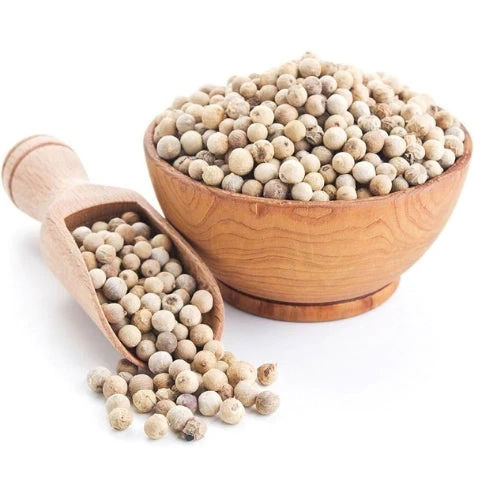
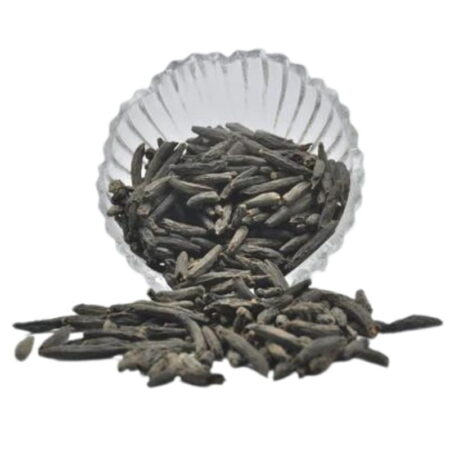
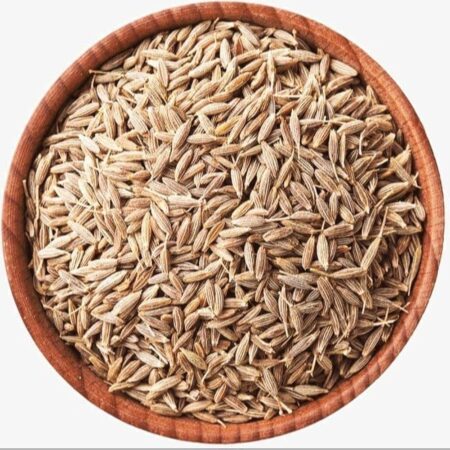
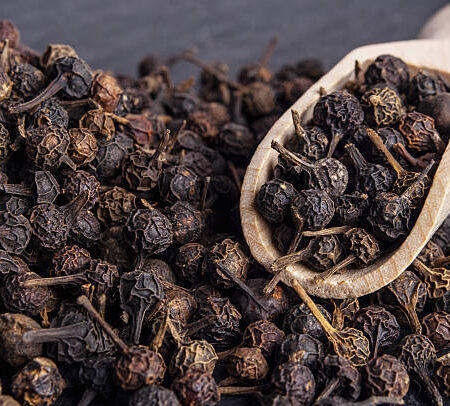
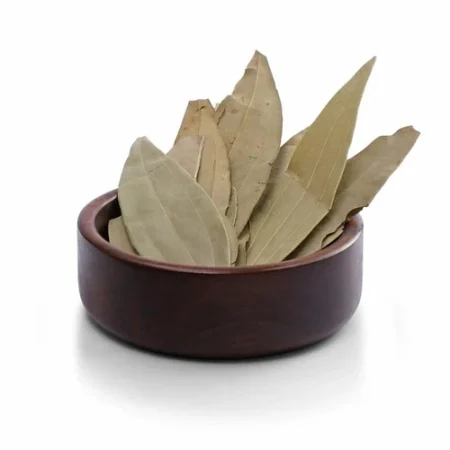
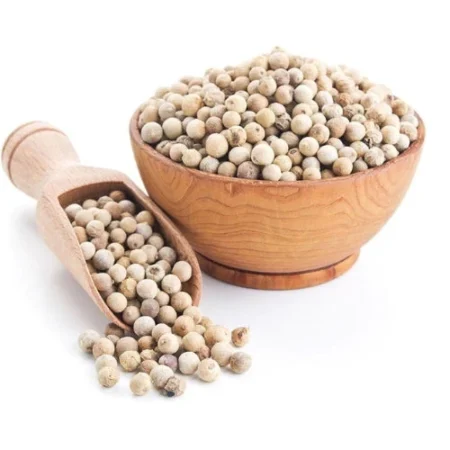
Reviews
There are no reviews yet.